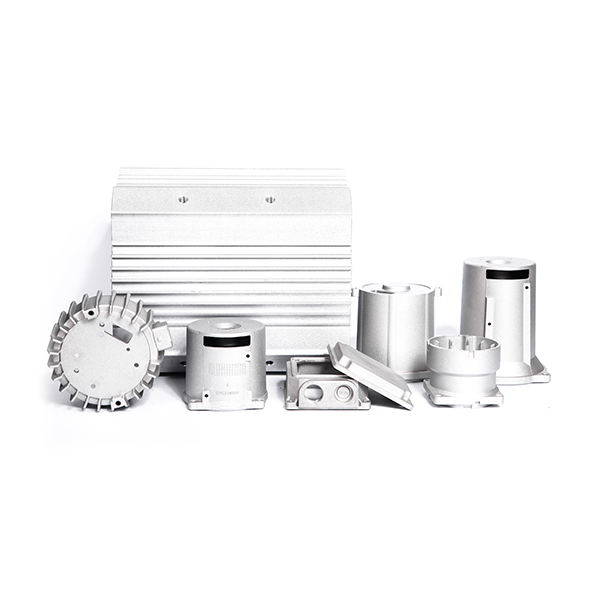Mobile:+86-311-808-126-83
Email:info@ydcastings.com
Hose End Plug - Secure Your Hose Connections
Understanding Hose End Plugs An Essential Component for Fluid Management
In various industries such as agriculture, construction, and manufacturing, the efficient management of fluids is crucial. One essential component that facilitates this management is the hose end plug. This small yet significant device plays a vital role in ensuring that fluids are transported safely and effectively through hoses.
What is a Hose End Plug?
A hose end plug is a type of fitting used to seal the end of a hose. Its primary function is to prevent the leakage of fluids, whether they are water, fuel, chemicals, or other substances. The design of hose end plugs can vary, but they typically consist of durable materials that can withstand pressure and chemical reactions, ensuring a secure seal.
Applications of Hose End Plugs
Hose end plugs are utilized across multiple sectors. In agriculture, for instance, they are often used in irrigation systems to ensure that water flows accurately and does not leak at the hose ends. In construction, they are essential for handling various fluids, from concrete mixtures to chemicals, as they prevent spills during transport.
In the manufacturing sector, hose end plugs are crucial for systems that require precise fluid control
. They help maintain efficiency in production processes by ensuring that there is no waste due to leaks. Moreover, in automotive and aerospace industries, these plugs are integral for systems involving fuel and hydraulic fluids, contributing to overall safety and performance.hose end plug

Types of Hose End Plugs
There are several types of hose end plugs, each designed for specific applications. Some common types include threaded plugs, which are screwed onto the end of the hose for a tight seal, and push-to-fit plugs, which provide easy connections without the need for tools. Additionally, there are specialized plugs designed to handle high-pressure applications or specific fluid types, such as acids or oils.
Installation and Maintenance
Installing a hose end plug is typically straightforward, but ensuring a proper fit is critical. When selecting a plug, factors such as the hose size, type of fluid, and pressure requirements must be considered. Regular maintenance is also essential to prolong the life of the hose and plug. This includes checking for signs of wear, replacing any damaged plugs, and ensuring that the seal remains intact to prevent leaks.
Conclusion
In summary, hose end plugs may seem like insignificant components in the broader realm of fluid management, but they are, in fact, indispensable. Their role in preventing leaks, ensuring safety, and maintaining operational efficiency cannot be overstated. As industries continue to prioritize sustainability and efficiency, the importance of reliable components like hose end plugs will only grow. Whether in agriculture, construction, or manufacturing, these small fittings are vital for fluid management systems, underscoring their value in various applications.
-
Why Should You Invest in Superior Pump Castings for Your Equipment?NewsJun.09,2025
-
Unlock Performance Potential with Stainless Impellers and Aluminum End CapsNewsJun.09,2025
-
Revolutionize Your Machinery with Superior Cast Iron and Aluminum ComponentsNewsJun.09,2025
-
Revolutionize Fluid Dynamics with Premium Pump ComponentsNewsJun.09,2025
-
Optimizing Industrial Systems with Essential Valve ComponentsNewsJun.09,2025
-
Elevate Grid Efficiency with High-Precision Power CastingsNewsJun.09,2025











